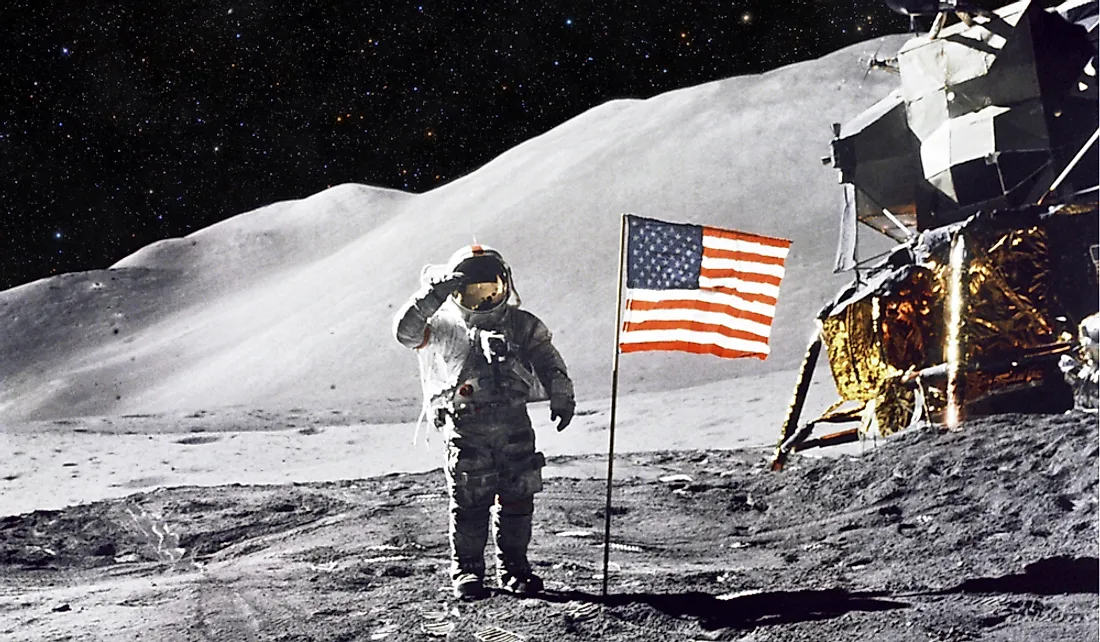Who Does the Moon Belong To?

A moon, also called a natural satellite, is a celestial body or object that orbits a planet or minor planet. The Solar System includes 181 moons, 173 of which orbit full planets, while 8 moons orbit smaller dwarf planets. According to the International Astronomical Union (IAU), the following planets are categorized as full planets that have moons: Earth, Mars, Neptune, Jupiter, Uranus, and Neptune. Additionally, dwarf planets, which include Pluto, Ceres, Haumea, Eris, and Makemake, are orbited by smaller moons. Some planets have more than one moon, while others lack a natural satellite. For example, Jupiter has approximately 69, the most of any planet in the Solar System, while Earth has only one moon. Earth’s Moon is the fifth largest moon in the Solar System, with an approximate diameter of 3,474 kilometers. The Earth and Moon are described as rotating in harmony, also called synchronous rotation, which means that the near side of the Moon is always visible to Earth.
Exploration
The Soviet Union's space program was the first to reach the Moon, which was achieved when the Luna 2 spacecraft landed on the surface of the Moon in September 1959. However, Luna 2 was an unmanned robotic mission and contained no passengers. It was not until 1969 that human astronauts safely flew to the Moon and back. This landing was achieved by the US's space program, through the Apollo 11 lunar mission, which was initiated by (then) US President John F Kennedy, together with the National Aeronautics and Space Administration (NASA). On July 20, 1969, four days after launch, US astronauts Neil Armstrong and Buzz Aldrin landed the Apollo Lunar Module on the surface of the moon and became the first humans to walk on the moon. The astronauts performed experiments, collected rocks for further studies, and planted the US flag. Additionally, the United States is the only country in the world with flags on the moon.
Space Law
Historically, explorers would plant a flag upon discovery of new land to indicate a claim of ownership. Although NASA astronauts planted a US flag on the Moon on 1969, the United States does not have any right to own the Moon. According to the Outer Space Treaty, which is officially the Treaty on Principles Governing the Activities of States in the Exploration and Use of Outer Space, including the Moon and Other Celestial Bodies, outer space shall remain free for all nations to explore and sovereign claims of ownership cannot be made. The treaty was first signed in 1967 by the United States (US), the United Kingdom (UK), and the Soviet Union (USSR). By 2018, 107 countries are members of the treaty, while another 23 countries have signed but not ratified the agreement.











